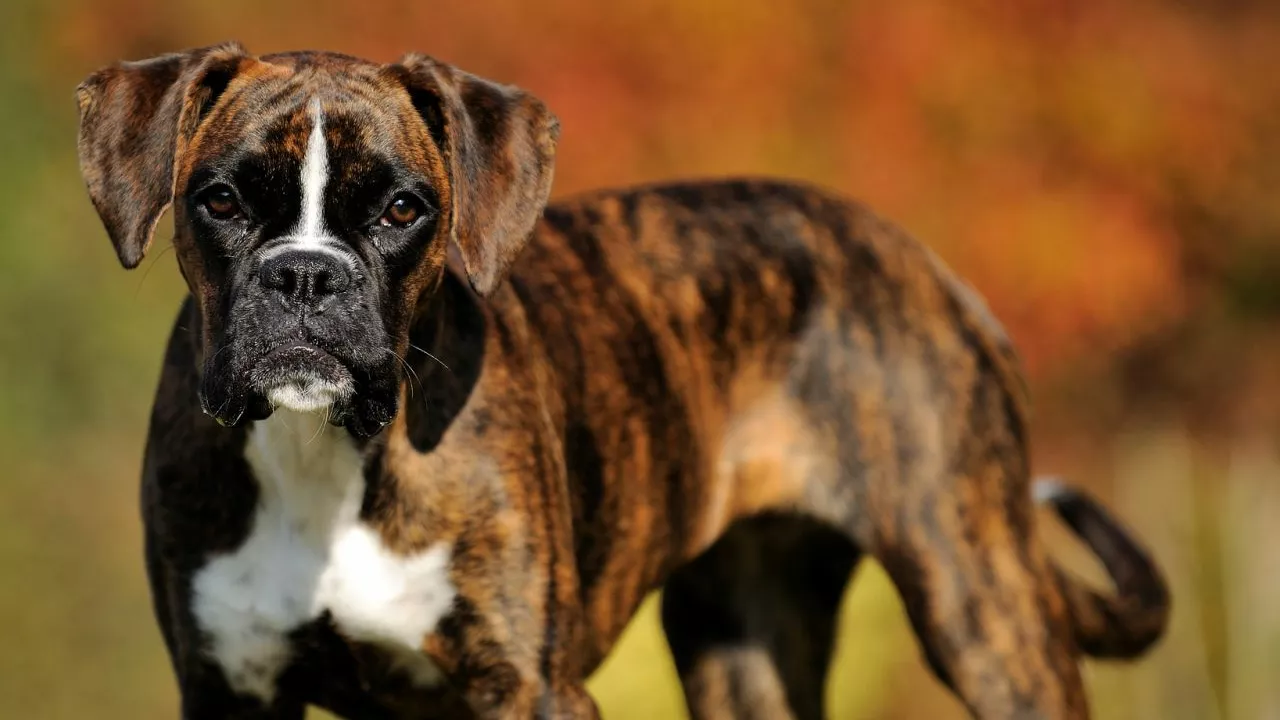Dog Coloration: Spotting, Understanding, and Caring for Every Coat Shade
Ever wonder why some pups sport sleek black coats while others flaunt a patchwork of spots? The answer lies in genetics, pigment, and a bit of breed history. Knowing the basics helps you pick the right grooming tools, spot potential health clues, and simply enjoy the variety of colors around you.
Common Coat Colors and What They Mean
Most dogs fall into a few basic color families: black, brown (or chocolate), yellow, red, white, and gray (often called blue). Black coats get their shade from a pigment called eumelanin. When that pigment is diluted, you get a softer slate or blue tone. Brown works the same way, just with a different base pigment.
Yellow and red coats come from pheomelanin, the same pigment that gives humans reddish hair. Light yellows can look almost cream, while deep reds show a rich, coppery hue. White dogs usually lack pigment in the hair shaft, but they might still have colored skin underneath.
Beyond the basics, many breeds sport patterns: spots, brindles, merles, and roans. A Dalmatian’s iconic black spots on a white base come from a separate spotting gene. Brindle gives a tiger‑like stripe effect, common in Boxers and Bulldogs. Merle creates a speckled, marbled look, seen in Australian Shepherds and Dachshunds.
Why Color Matters for Health and Grooming
Color isn’t just skin deep. Certain shades can hint at health issues. For example, a sudden fading of a black coat might signal a thyroid problem or skin infection. White patches that appear later in life could be a sign of vitiligo or a hormonal imbalance.
Coat color also influences grooming. Dark coats show dirt and debris more quickly, so they need more frequent baths and brushing. Light or white coats can pick up yellowing from oils, so a regular coat‑conditioning routine is a good idea.
If your dog has a merle pattern, pay extra attention to eye health. Merle dogs sometimes develop cataracts or vision problems. Regular vet checks keep those risks in check.
Sun exposure can fade lighter coats, just like human hair. If your dog spends a lot of time outdoors, consider a lightweight, UV‑protective spray to keep the color vibrant.
Practical Tips for Keeping Those Colors Bright
First, choose a shampoo that matches your dog’s coat type. A gentle, pH‑balanced formula works for most dogs, but oily coats benefit from a clarifying shampoo once a month. For white or light coats, look for a brightening shampoo that contains optical brighteners.
Second, brush regularly. Brushing removes loose hair and distributes natural oils, which helps maintain color depth. Use a slicker brush for short coats and a pin brush for longer fur.
Third, watch the diet. Foods rich in omega‑3 fatty acids, like fish oil, support a healthy skin barrier and can enhance shine. A balanced diet with high‑quality protein also promotes strong hair follicles, which keeps color even.
Finally, schedule routine vet visits. Your vet can catch skin conditions early, recommend supplements, and advise on any breed‑specific color concerns.
Understanding dog coloration turns a simple fact about your pet into a tool for better care. Whether you love the sleek black of a Labrador or the speckled merle of a Border Collie, a little knowledge goes a long way in keeping that coat looking its best.

Why is a Boxer called 'sealed brindle'?
As a dog lover, I've always been curious about why some Boxers are called 'sealed brindles'. Turns out, it all has to do with their unique coat color. A 'sealed brindle' Boxer has such a heavy concentration of dark stripes that their fawn background color almost disappears, making them appear almost pure black. This effect is often referred to as 'sealed' because the dark stripes seem to completely seal over the lighter color. So, when you come across a dark-colored Boxer, you're probably looking at a 'sealed brindle'!
more
